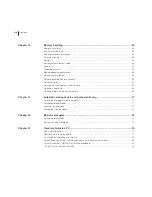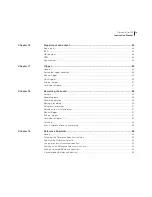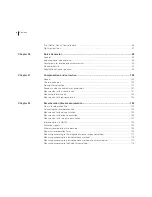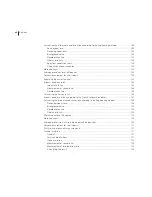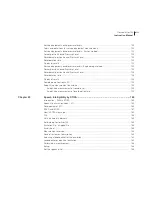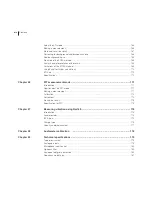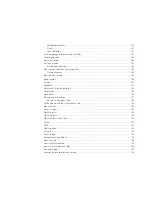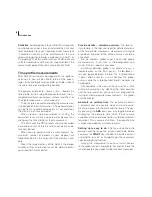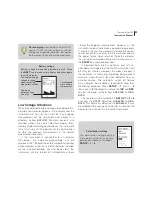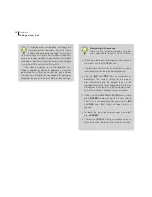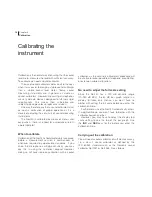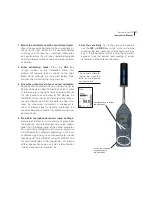
4
4
Introduction
Statistics.
Adding option 4 to your Nor140 will expand
your frequency analysis to even calculate the statistical
level distribution for each frequency band measured!
In addition statistics will be calculated for the two
spectral weighting networks employed (A- and C- or
Z-weighting). The class width is always 0,2 dB to ensure
sufficient resolution and the results are presented in the
form of eight percentiles with a resolution of 0,1dB.
Time profile measurements
With Nor140 instruments equipped with the optional
extension 6 you will be able to retain all the advan-
tages of the analogue level recorder principle, while at
the same time discarding all the trouble!
The optional extension 6 – level vs. time – records the
time profile of the A-weighted equivalent level, the A-
weighted maximum sound pressure level and the Z- or
C-weighted peak level – simultaneously!
The principle is based on dividing the measurement
into periods of identical duration. The period duration
can be from 1 second and upwards in 1 second steps
(from 50ms in enhanced mode).
When a level vs. time measurement is running, the
equivalent level will be calculated per period, thus
giving you the time profile for the measurement.
The
MAX and the PEAK levels are also recorded
per period so that all three functions will yield a value
for every period.
When you are going to make a measurement, the
maximum number of periods at your disposal will
depend entirely on the amount of free memory avail-
able.
Given the large memory of the Nor140 the period
duration will for all practical cases be determined by
your need for time resolution.
Provide details – maintain overview.
The level vs.
time feature is the tool you need for detailed analysis
of the time profile. However, a measurement failing to
provide an overview of the entire analysis cannot be
accepted.
So, we added a global analysis to all time profile
measurements. It just runs in the background and
makes little fuss about its presence.
Switching between global and profile is easy, a
dedicated key on the front panel – the
Σ↔Δ
key –
lets you toggle between the two. The
Σ
(pronounced
“sigma” often used for a sum) denotes the global
analysis while the
Δ
(pronounced “delta”) denotes the
time profile.
Consequently, when you have set up for a time
profile measurement by defining the total duration
and the time resolution, you have in fact prepared the
instrument for two parallel measurements – the global
and the profile!
Absolute vs. relative time.
The instrument contain
a calendar and an accurate clock and all measure-
ment are stored with the date and the time of the day.
By pressing the
ABS
t
key, you may toggle between
displaying the absolute time when the data were
acquired, or the time relative to the start of measurement
(duration). This is a display function – the absolute time
is always recorded for all measurements.
Setting up is easy to do.
After you’ve defined the
duration and the resolution, all you need to do before
you press the
START
key, is to define the time constant
and whether to use Z- or C-weighting as the secondary
spectral weighting function.
During the measurement you have instant access
to the global analysis and profile. For each of these the
function key lets you inspect all the functions measured.
Summary of Contents for nor140
Page 4: ......
Page 16: ......
Page 17: ...nor140 SOUND ANALYSER ...
Page 18: ......
Page 212: ...194 ...
Page 218: ......

